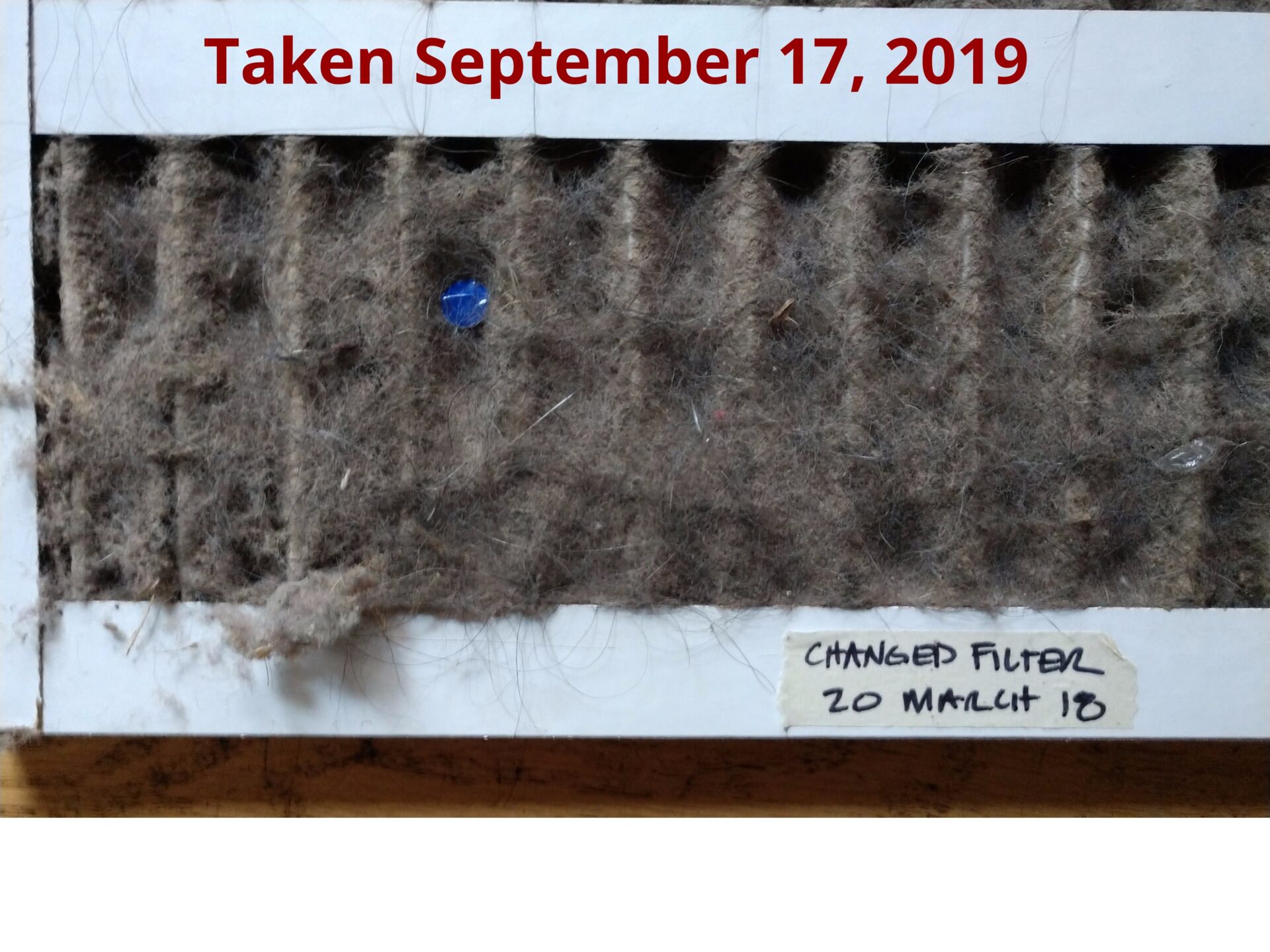HVAC Tune-ups for Comfort and Savings
Routine Maintenance
Just like routine car maintenance, routine HVAC system maintenance is a great investment in your personal comfort, peace of mind, and household budget. A clean and smoothly running HVAC system works better and lasts longer. It keeps you more comfortable and saves you money—both in the short term and the long term. It also means fewer inconvenient breakdowns.
How Often
You should change your filters as often as necessary—which means you need to check them multiple times throughout the year. Professional servicing can be done less frequently.
The average life expectancy of an HVAC system is 20-25 years. Just as with cars, each manufacturer recommends a maintenance schedule. In general, a newer system can probably be serviced every other year. Again, just as with cars, the older your system gets, the more it can benefit from routine maintenance.
Change Filters Often
The simplest job you can do yourself to make your HVAC system last longer is to change the filter. Think of it as changing car engine oil. It goes without saying that changing your filter frequently keeps your indoor air cleaner, but there are mechanical reasons as well. When the filter is dirty, the blower works much harder to keep air flowing through it. This puts a strain on the blower and can cause it to wear out more quickly. Also, the particles a dirty filter doesn’t collect can be deposited in ducts, heating elements, and coils, reducing their efficiency. Your system will try to compensate for the efficiency loss by working harder.
Clean Inside and Out
This brings up another important part of HVAC service. The HVAC professional does a lot of routine of system components both inside and outside the house, such as the ones mentioned above, if they have accumulated dust or debris. They will also clean the coils in a heat pump or air conditioning unit outside if there is one. Again, this helps your system run more efficiently, break down less often, and last longer overall.
Prevent Moisture Damage
The condensate line is another important item on the checklist. In the same way that a cold drink “sweats,” i.e. collects condensation, so do the heat exchanger coils on heat pumps and air conditioners. This condensate collects in a pan and drains through a small tube to be deposited in an appropriate location. If this line becomes blocked, the condensate liquid can build up and damage equipment or cause moisture damage to the house itself.
Comfort and Quiet
Finally, maintaining a well-tuned HVAC system keeps you more comfortable. You will breathe cleaner air and not have to listen to your system cycle on and off as frequently.
Share Freely!
If you like this article, please feel free to share it around via, email, text, or social media post. If you would like to reprint it, go ahead! Just please also link to the article location on my website:
HVAC Tune-ups for Comfort and Savings
Check It Out Home Inspection Offers One-Stop Shopping
At Check It Out Home Inspection Services, we offer all the home inspection services you would expect. Electrical, plumbing, roof, structure, interior, exterior, HVAC, garage, and grounds. As a one-stop shop, we also offer sewer scoping, radon testing, and oil tank searches. Click to see our full list of home inspection services.
Check It Out Home Inspection provides service to the Greater Portland and Vancouver areas. You can schedule ALL services, 24/7, with a single click or text.






